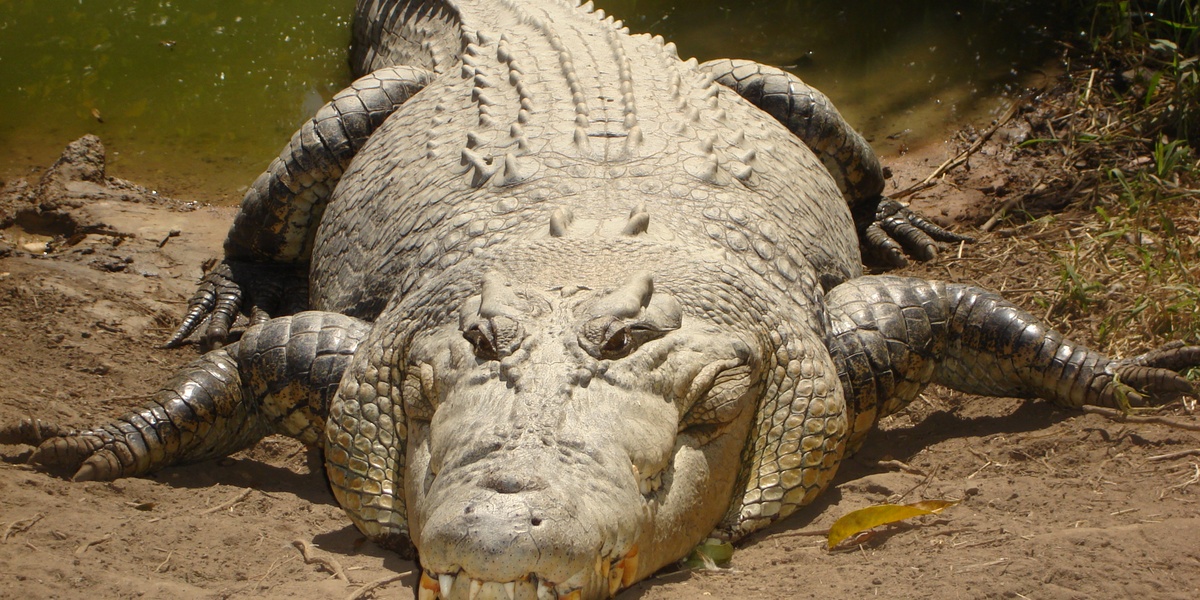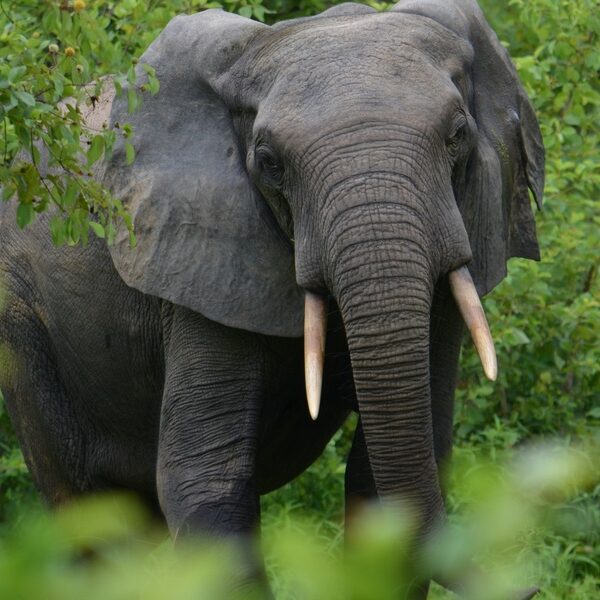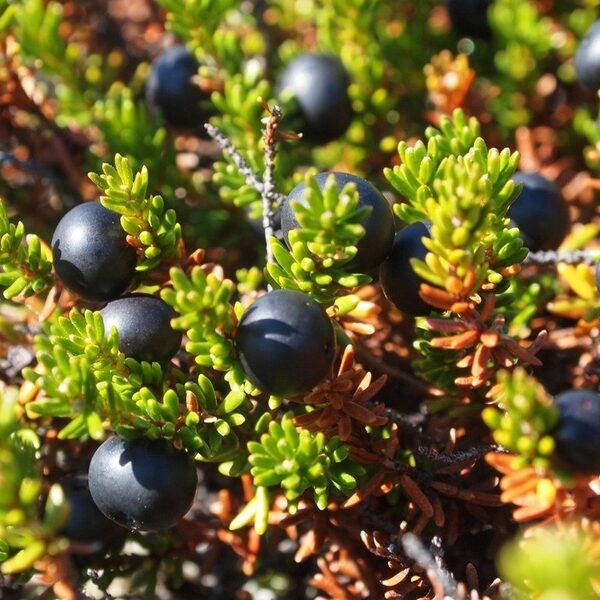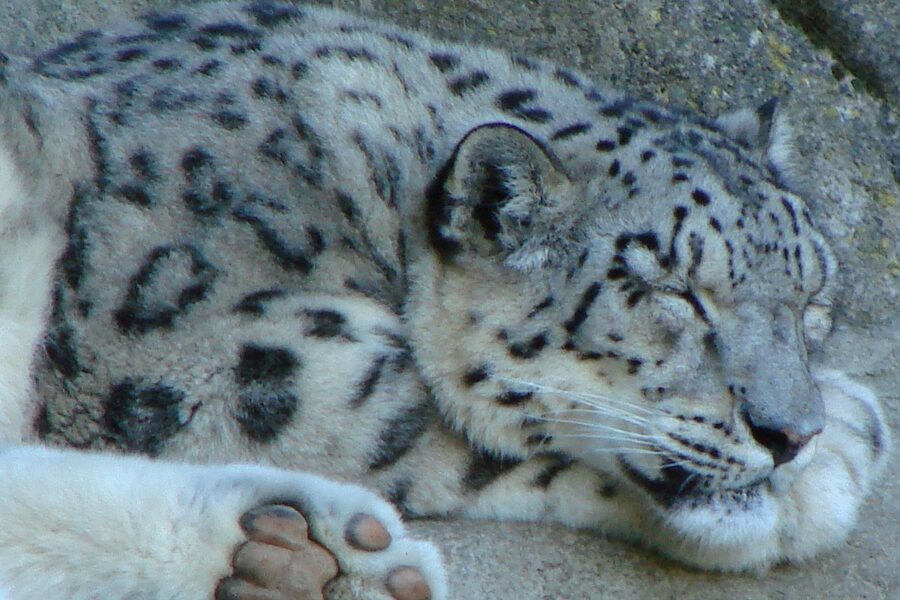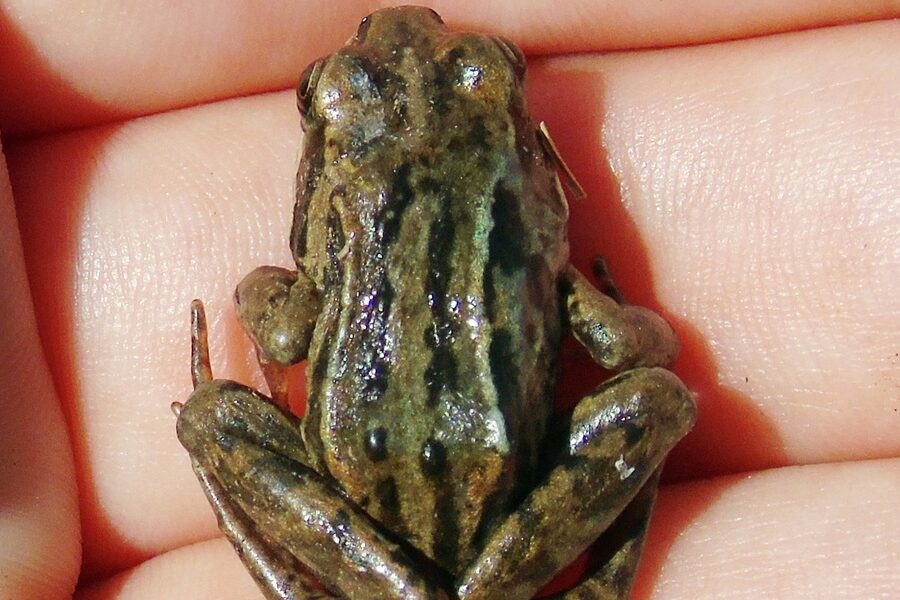East Timor, a nation celebrated for its breathtaking landscapes, pristine waters, and unique biodiversity, offers an incredible experience for visitors and residents alike. While its natural beauty is undeniable, like any diverse ecosystem, it is also home to various creatures that, when encountered without proper awareness, can present risks.
To help you understand and navigate these potential challenges, we’ve compiled an essential guide. There are 18 Dangerous Animals in East Timor, ranging from the common Aedes aegypti mosquito, known for disease transmission, to the venomous Yellow-bellied sea snake. For each entry, you’ll find below critical details organized by Scientific Name, Primary Threat, and Habitat, providing a clear overview.
What types of threats do these dangerous animals in East Timor pose?
The dangers posed by animals in East Timor are diverse, ranging from disease vectors to venomous encounters. Mosquitoes, such as the Aedes aegypti, are primary carriers of illnesses like dengue fever, which is a significant health concern in tropical climates. Other creatures, including various snakes and marine species, can inflict harm through venomous bites or stings, while some larger terrestrial or aquatic animals might pose a threat through defensive actions if they feel provoked or cornered. Awareness of these specific threats is crucial for safety.
Dangerous Animals in East Timor
| Animal Name | Scientific Name | Primary Threat | Habitat |
|---|---|---|---|
| Saltwater crocodile | Crocodylus porosus | Aggressive attack, drowning | Mangroves, estuaries, coastal rivers |
| Tiger shark | Galeocerdo cuvier | Powerful bite, blunt-force injury | Tropical coastal waters, reefs, nearshore |
| Stonefish | Synanceia verrucosa | Extreme venom from dorsal spines causing pain, possible systemic effects | Coral reefs, shallow rocky bottoms, tidal pools |
| Box jellyfish | Chironex fleckeri | Potent venomous sting, cardiac arrest risk | Warm coastal waters, nearshore, mangrove channels |
| Blue-ringed octopus | Hapalochlaena lunulata | Neurotoxic bite causing paralysis, respiratory failure | Rocky shorelines, tide pools, coral reefs |
| Geography cone snail | Conus geographus | Powerful neurotoxic venom via harpoon-like radula | Coral reefs, sandy bottoms, shallow tropical waters |
| Yellow-bellied sea snake | Pelamis platura | Venomous bite with neurotoxins | Open ocean, coastal waters, reefs |
| Blue-spotted stingray | Taeniura lymma | Venomous tail spine puncture causing severe pain | Sandy and muddy seabeds near reefs and lagoons |
| Lionfish | Pterois volitans | Venomous dorsal fin spines cause painful stings | Coral reefs, rocky crevices, coastal reefs |
| Sea urchin | Diadema setosum | Puncture wounds from venomous spines causing pain, infection risk | Coral reefs and rocky shorelines in shallow water |
| Scorpion | Heterometrus spinifer | Venomous sting causing pain and possible systemic effects | Forest litter, under rocks, houses, rural areas |
| Centipede | Scolopendra subspinipes | Venomous bite causing intense pain, swelling | Humid ground, leaf litter, houses, gardens |
| Aedes aegypti mosquito | Aedes aegypti | Disease vector: dengue, Zika, chikungunya | Urban areas, stagnant water containers, rural villages |
| Anopheles dirus | Anopheles dirus | Disease vector: malaria transmission | Rural, forested areas, near standing water |
| Feral/stray dog | Canis lupus familiaris | Aggressive bites, rabies transmission | Villages, urban areas, outskirts |
| Wild boar | Sus scrofa | Aggressive charging, tusk injuries to people and livestock | Forests, agricultural land, scrub |
| Water buffalo | Bubalus bubalis | Trampling and goring, defensive aggression | Floodplain, rice paddies, agricultural fields |
| Portuguese man o’ war | Physalia physalis | Powerful nematocyst stings causing severe pain | Open ocean, beaches, surface waters |
Images and Descriptions
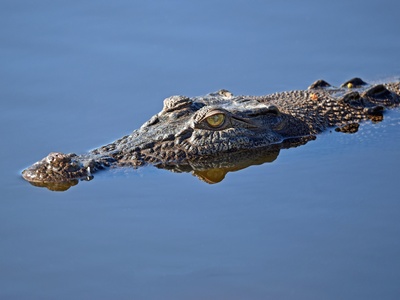
Saltwater crocodile
Large ambush predator found near river mouths and mangroves. Powerful bite and stealthy attacks can be fatal to humans and livestock; avoid riverbanks at dusk and night and follow local advisories.
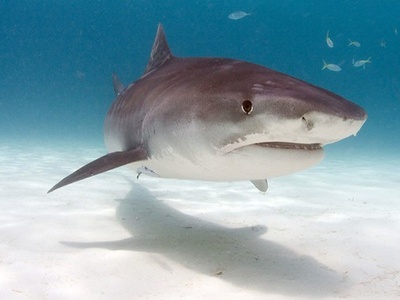
Tiger shark
Large apex predator that frequents shallow tropical waters and reefs. Known for strong bites and opportunistic feeding; swimmers and surfers should give wide berth to murky nearshore areas.
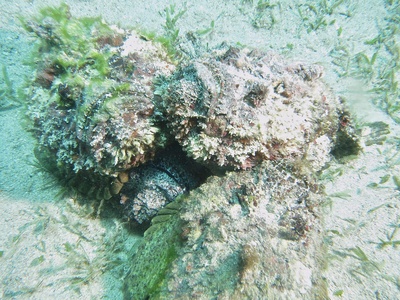
Stonefish
Well-camouflaged reef fish with venomous dorsal spines. Stepping on one causes excruciating pain and can lead to systemic illness; wear foot protection and shuffle feet in shallow water.
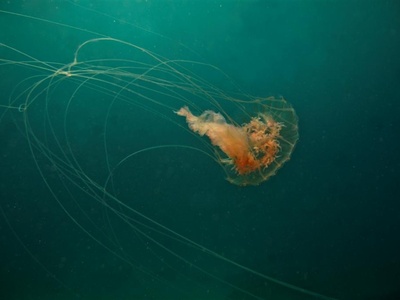
Box jellyfish
Highly venomous jellyfish that can deliver life-threatening stings to swimmers. Found in warm coastal waters; avoid swimming during stinger season and heed local warnings and beach closures.
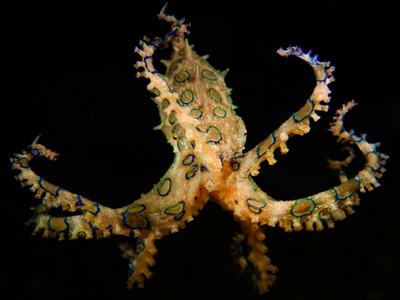
Blue-ringed octopus
Small but deadly octopus with distinctive blue rings. Its bite carries tetrodotoxin that can cause rapid paralysis; do not handle marine life in tide pools or under rocks.
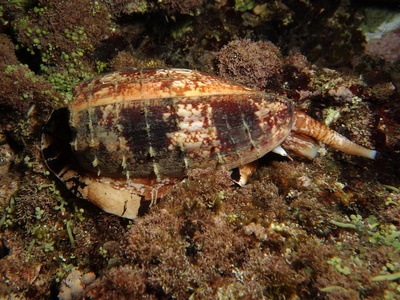
Geography cone snail
Attractive but highly venomous snail that hunts with a harpoon-like tooth. Stings can be fatal; never pick up cone snails on reefs or beaches.
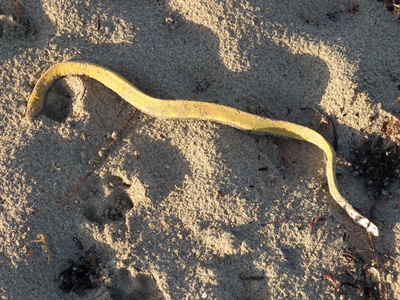
Yellow-bellied sea snake
Pelagic sea snake often found floating at the surface in tropical waters. Highly venomous but typically nonaggressive; avoid handling or stepping on washed-up specimens.
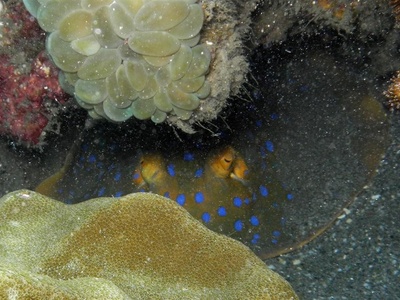
Blue-spotted stingray
Common shallow-water ray with a venomous tail barb. Injuries are extremely painful and risk infection; avoid stepping in shallow sand and shuffle feet when entering water.
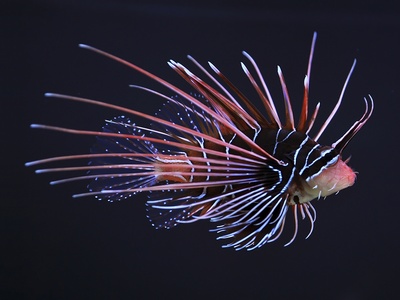
Lionfish
Attractive invasive/ native reef fish with venomous spines causing extreme pain and swelling. Handle only with care by trained personnel; avoid touching reef fish.
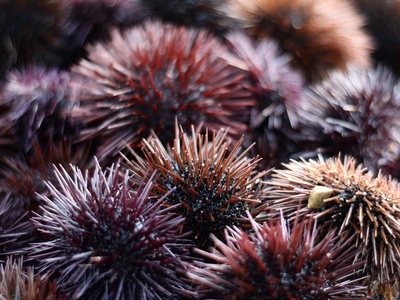
Sea urchin
Long-spined urchin common on reefs; stepping on spines causes painful punctures and possible infection. Wear sturdy footwear and avoid rocky areas at low tide.
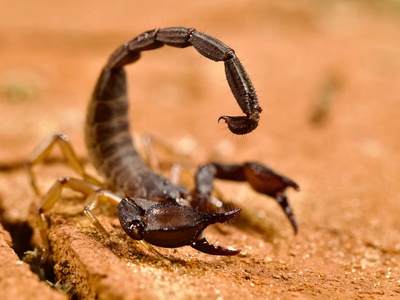
Scorpion
Large forest scorpion that can deliver painful stings; most stings are nonfatal but cause intense pain and sometimes medical symptoms. Shake out shoes and bedding in rural areas.
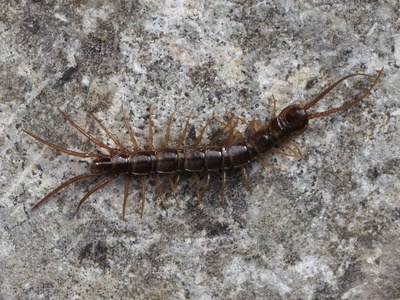
Centipede
Large tropical centipede with a painful venomous bite that causes severe localized pain and swelling. Avoid handling and check bedding and footwear after dark in rural settings.
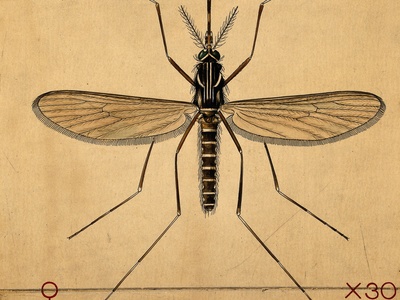
Aedes aegypti mosquito
Small daytime-biting mosquito that spreads dengue and other viruses. Major public-health threat; use repellents, bed nets, and remove standing water around homes.
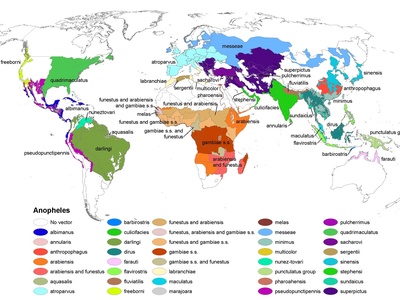
Anopheles dirus
Forest-associated mosquito species capable of transmitting malaria. Bites at dawn and dusk can infect travelers; use prophylaxis, insect repellent, and mosquito nets in affected areas.

Feral/stray dog
Stray dogs are common and may bite or carry rabies. Avoid approaching animals, vaccinate pets, and seek immediate care for any bite; report aggressive animals to authorities.
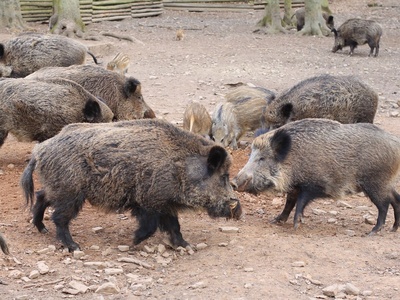
Wild boar
Wild pigs can be unpredictable and will charge if cornered or protecting piglets. Large tusks inflict serious wounds; keep distance, avoid surprising them, and secure food sources.
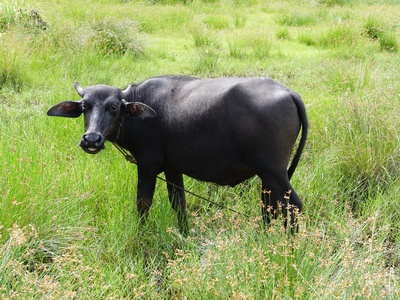
Water buffalo
Large domesticated or feral bovids used in farming; can become aggressive if threatened, causing trampling or goring injuries. Give them wide space and avoid paths of working animals.
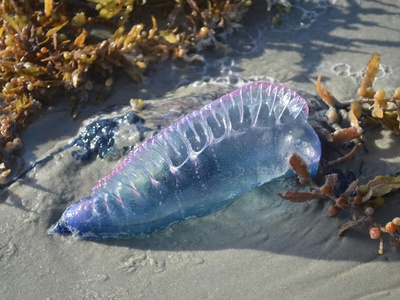
Portuguese man o’ war
Colonial cnidarian with long venomous tentacles that can wash ashore. Stings cause severe pain and sometimes systemic reactions; avoid stranded specimens and seek medical care for large exposures.
